Chinese Corn comes in several varieties, each with its own unique characteristics and uses. Sweet corn is popular for vegetable consumption due to its high sugar content. Popcorn is well-known for its ability to pop when heated and is a favorite snack choice.
Dent corn, on the other hand, is primarily used for animal feed and industrial purposes, distinguishable by the dent on top of each kernel. Flour corn is ground into cornmeal or flour and is commonly used in baking and cooking. With its higher starch content, Waxy corn is often utilized in making noodles and starches.
Harvested early, baby corn is tender and commonly found in stir-fries and salads. Here we will dive deep into the world of Chinese-Corn, exploring its varieties, the secrets of Chinese-Corn cuisine, and the best ways to prepare it for cooking. Get ready for a mouthwatering journey through the world of Chinese-Corn.
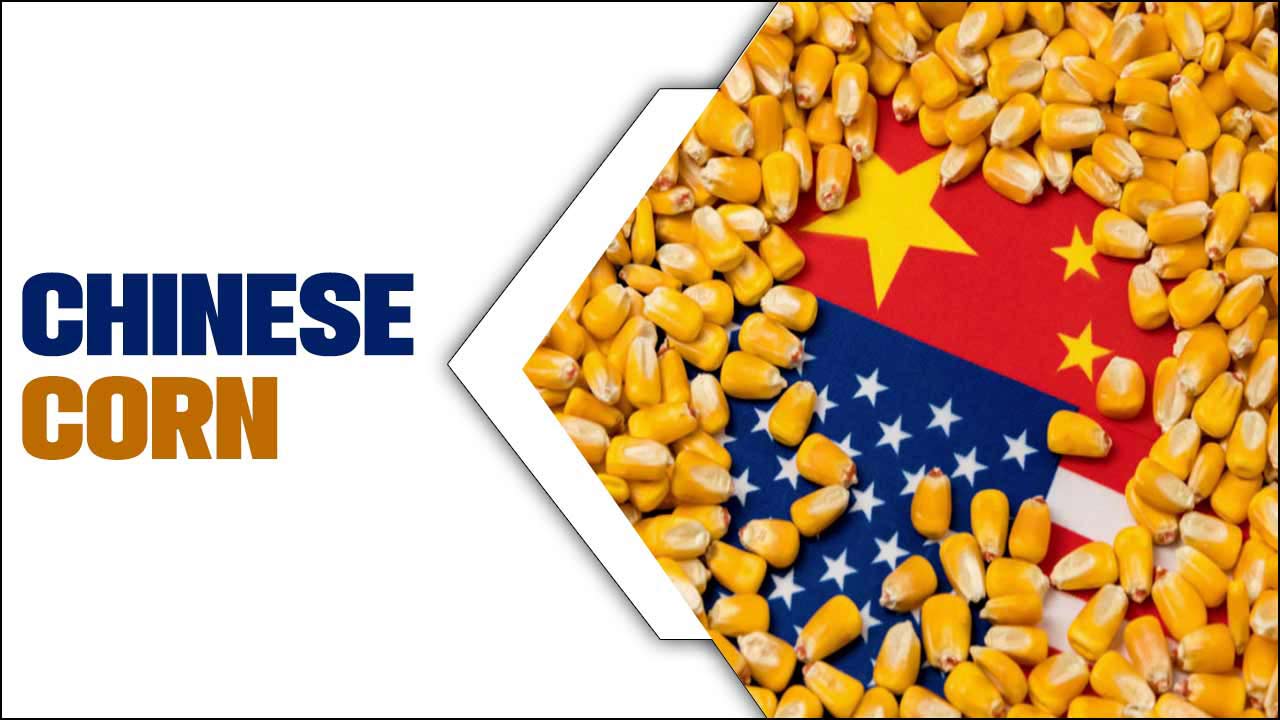
Discover The Secrets Of Chinese Corn Cuisine Recipe
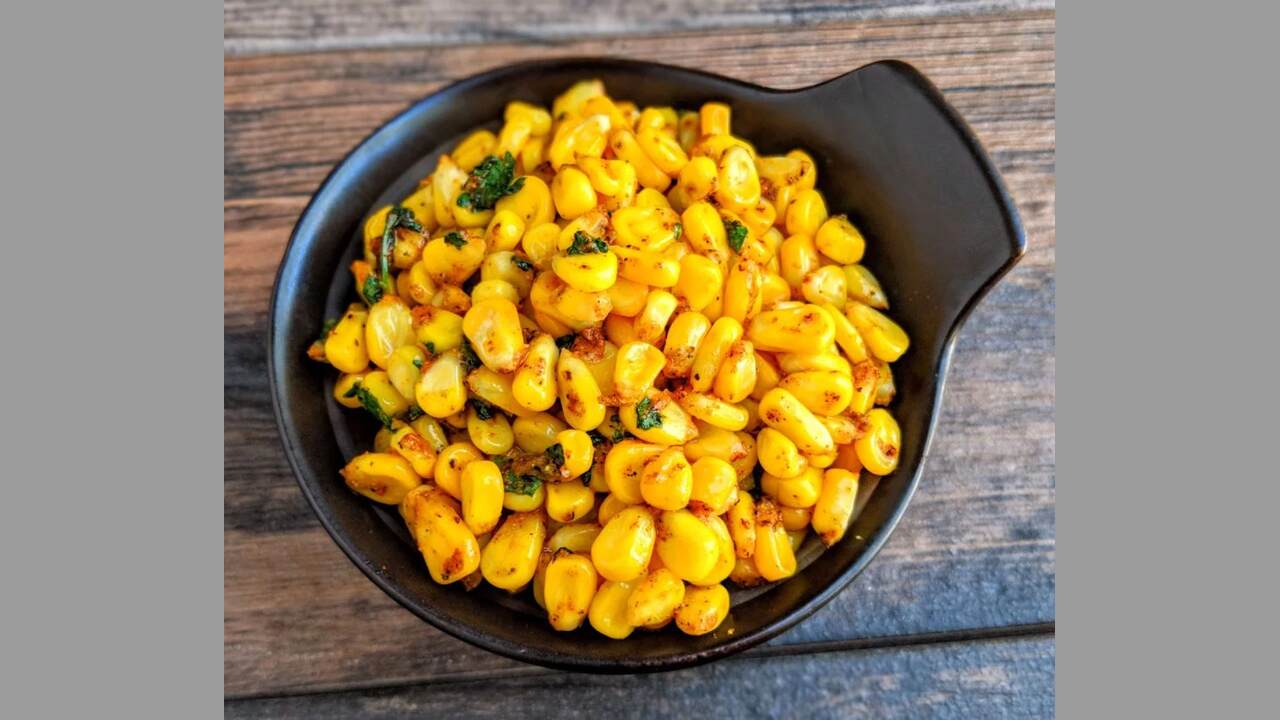
Chinese Corn cuisine unveils a world of unique flavors and cooking techniques. There’s something for every palate, from the delectable sweet and sour corn soup to the savory stir-fried corn with vegetables and the delightful corn dumplings.
With its versatility, corn finds its place in savory and sweet Chinese dishes, accompanied by traditional ingredients like soy sauce, ginger, garlic, and green onions. Embark on a culinary adventure and explore the wonders of Chinese-Corn cuisine. Below we provide full guideline for this recipe.
Preparing Chinese-Corn For Cooking
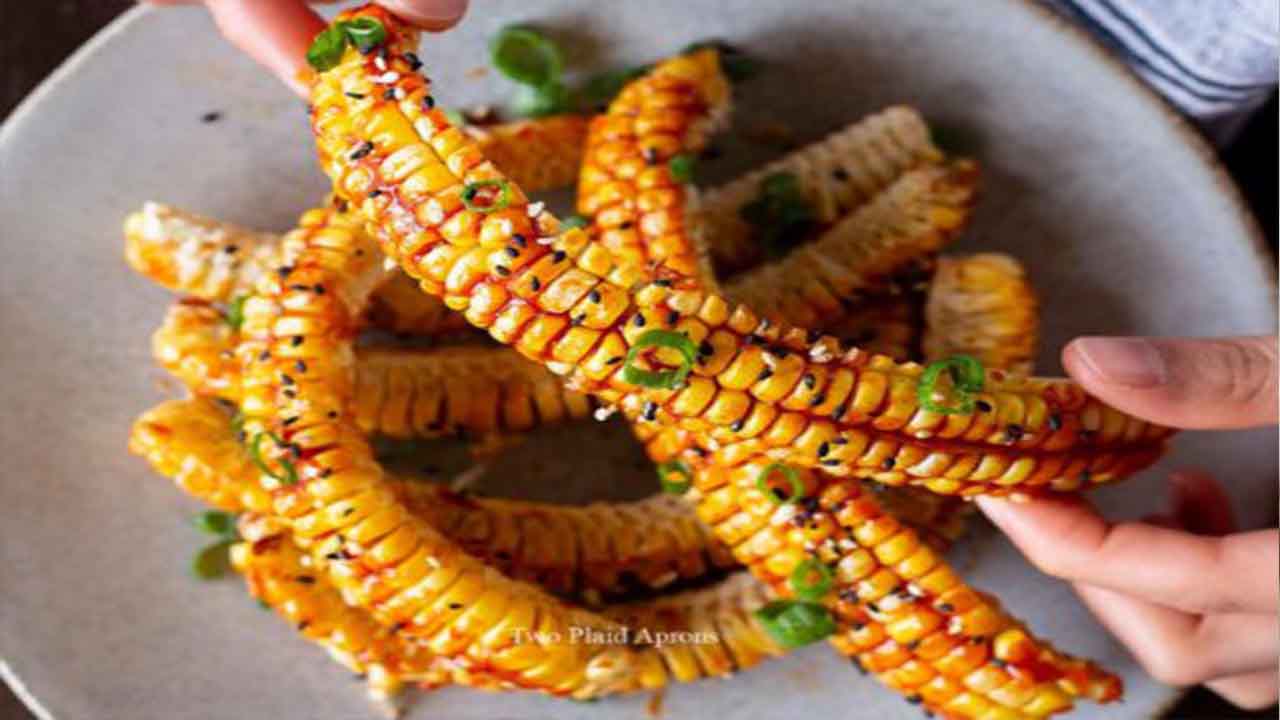
To prepare Chinese-Corn for cooking, start by shucking the corn and removing any silk. Rinse the corn under cold water to remove dirt and debris. Cut the corn kernels off the cob using a sharp knife or corn stripper. Heat a pan with oil or butter and add the corn kernels. Sauté the corn over medium heat until cooked and slightly caramelized. Season with salt, pepper, and desired spices.
Cleaning And Shucking Techniques
To clean Chinese-Corn, remove the outer husks and silk strands before cooking. When shucking, peel back the husks and remove them completely to reveal the kernels. Make sure no silk strands remain on the kernels for a clean taste. Twist and pull the husks off from the base to easily remove them. Rinse the kernels under cool water to eliminate any remaining silk strands.
Cutting Corn Off The Cob
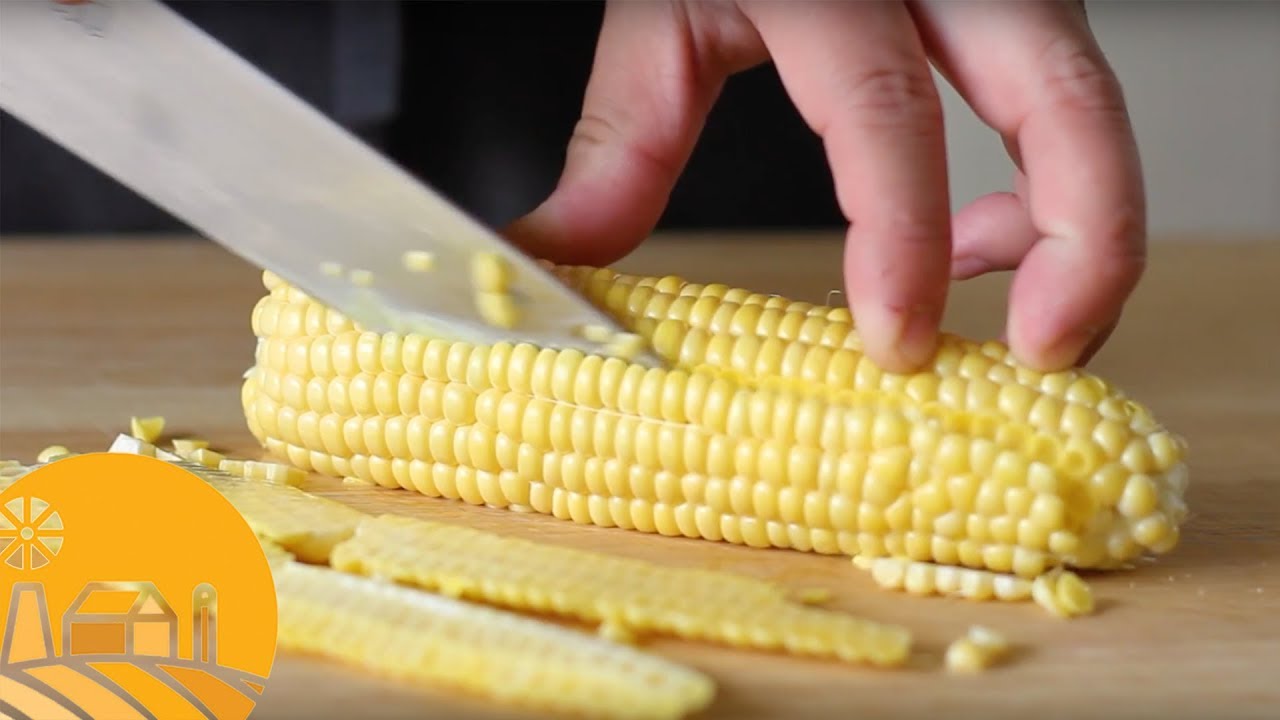
You can cut corn off the cob using a knife or a specialized corn-stripping tool. This technique facilitates the cooking process and allows for the seamless incorporation of corn into various dishes.
It is important to exercise caution while cutting to avoid any potential injuries and ensure a clean cut. The sweet and juicy flavors of the corn are further enhanced when it is cut off the cob, making it a versatile ingredient for stir-fries, salads, soups, and side dishes.
Common Chinese-Corn Dishes
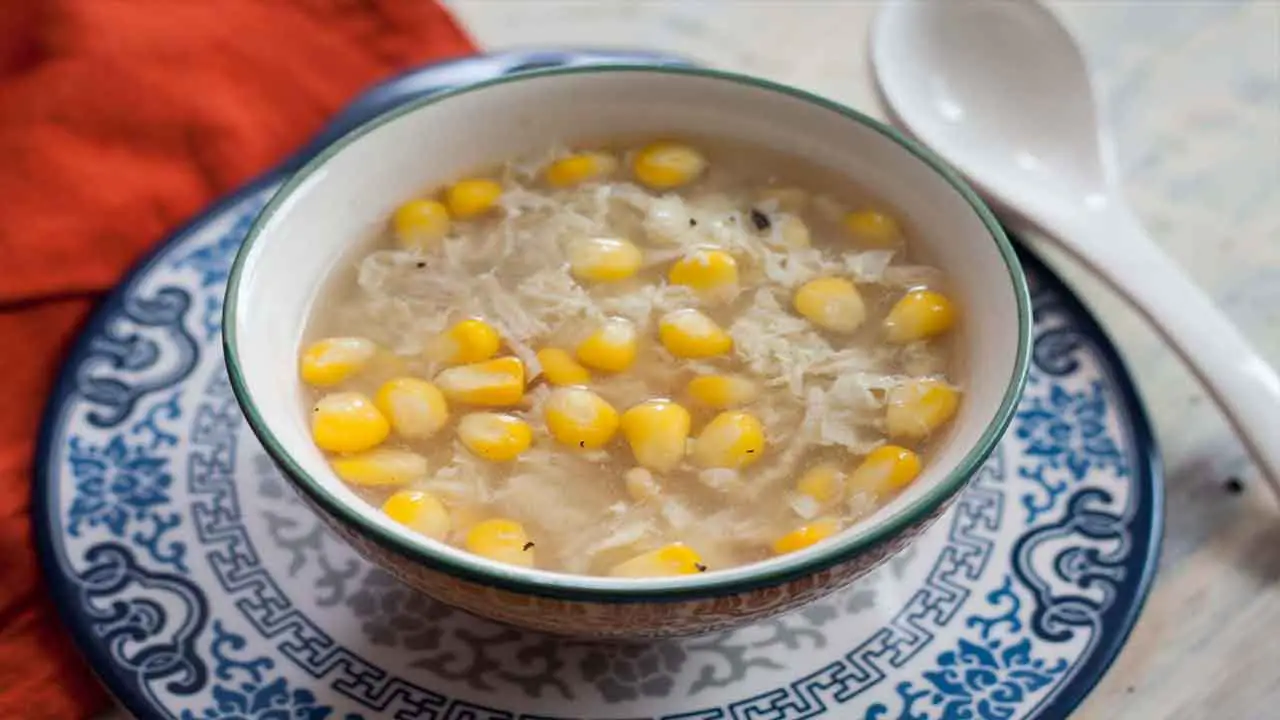
Discover the flavors of common Chinese-Corn dishes. Stir-fried corn combines kernels with seasonings and vegetables. Corn soup is a comforting dish with broth, chicken or vegetables.
People make sweet corn pudding, a creamy dessert using corn, milk, eggs, and sugar. Grilled corn on the cob is a street food favorite, topped with soy sauce or garlic butter. We fill corn dumplings with corn, meat, and veggies and serve them with soy sauce for dipping.
Traditional Chinese-Corn Soup
Traditional Chinese-Corn soup is comforting with fresh corn kernels and other ingredients. You can flavor the soup with various herbs and seasonings to give it a rich, creamy texture. The sweetness of the corn pairs well with savory flavors, creating a delicious balance.
It can be enjoyed as a starter or a main course with other dishes, and it’s a versatile dish that can be customized with additional ingredients like chicken, tofu, or vegetables.
Chinese-Corn Pancakes
People in China make Chinese-Corn pancakes, popular street food, using a batter of corn kernels, flour, and eggs. The chef serves these hot and crispy pancakes, which you can fill with savory or sweet fillings. They provide a delicious way to savor the natural sweetness of fresh corn. Chinese-Corn pancakes are versatile and can be enjoyed as a snack or incorporated into a meal.
Stir-Fried Corn With Scallions
Stir-fried corn with scallions is a versatile and flavorful Chinese dish. Combining sweet corn and savory scallions creates a refreshing and aromatic taste. You can enjoy this quick and easy-to-make dish independently or as a side dish.
The stir-frying process enhances the natural flavors and textures of the corn, resulting in a delicious and satisfying meal. It pairs well with various ingredients and seasonings, making it a great addition to any meal.
Step-By-Step Guide To Making Chinese-Corn Soup
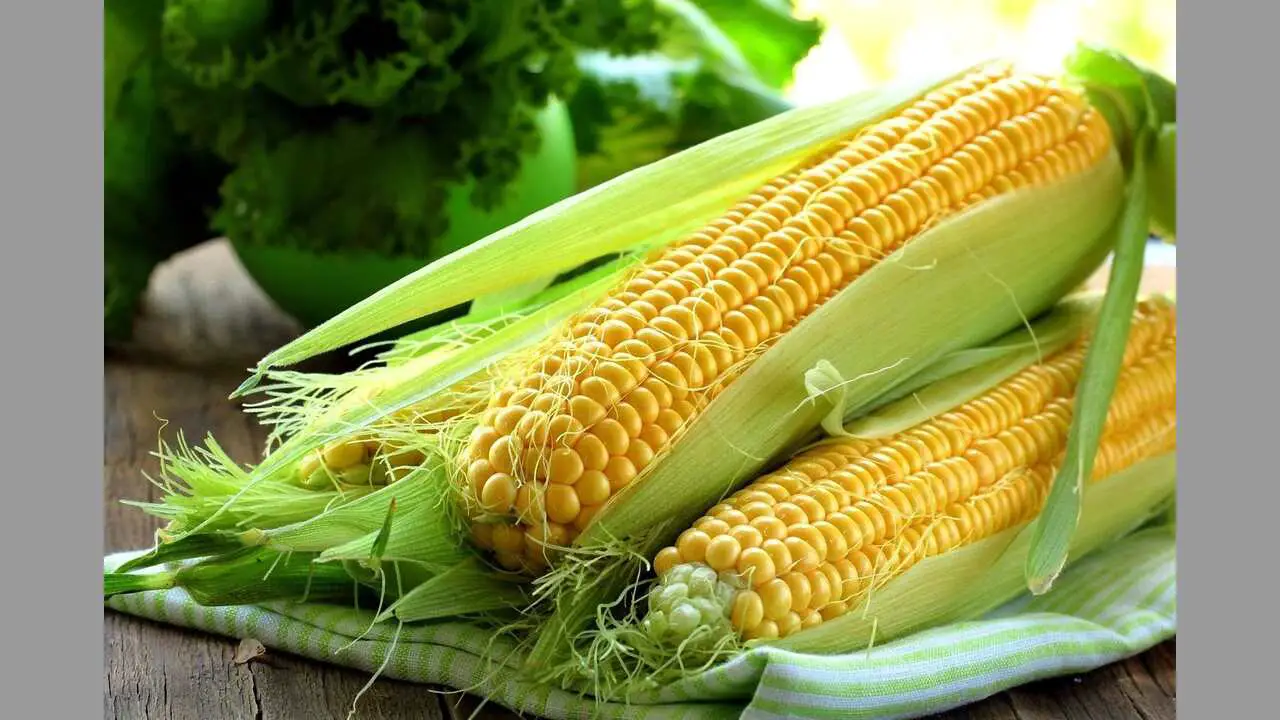
To make Chinese-Corn soup, gather fresh corn, chicken broth, garlic, ginger, and green onions. Shuck the corn and remove the kernels. Sauté garlic and ginger in a pot, then add the corn and cook until soft. Pour in chicken broth and bring to a boil. Simmer for 15-20 minutes to meld flavors.
Required Ingredients For Chinese-Corn Soup
To make Chinese-Corn soup, you will need fresh corn kernels, chicken or vegetable broth, eggs, soy sauce, and green onions. For more flavor and texture, you can add ingredients like mushrooms, tofu, or shredded chicken. You can use cornstarch as a thickening agent if you prefer a thicker soup. You can add cilantro, sesame oil, or chili flakes for garnish. Chinese-Corn soup is a versatile dish that can be enjoyed as an appetizer or a light meal.
Detailed Cooking Instructions
To prepare Chinese-Corn soup, boil the corn kernels in a pot of water until they become tender. In a separate pan, sauté onions, garlic, and ginger until fragrant. Add the cooked corn kernels to the sautéed mixture and stir well. Pour in chicken or vegetable broth and bring the soup to a simmer. Season with soy sauce, salt, and pepper to taste.
Health Benefits Of Chinese-Corn

Chinese-Corn offers numerous health benefits. Packed with dietary fiber, it aids digestion and promotes a healthy gut. This flavorful delight is also a great source of vitamins and minerals, including vitamin C, A, and potassium.
The presence of antioxidants helps protect against cell damage and reduces the risk of chronic diseases. With low calories and fat content, Chinese-Corn is an excellent choice for weight management. Additionally, it is gluten-free, making it suitable for individuals with gluten sensitivities or celiac disease.
Nutritional Facts Of Chinese-Corn
Chinese-Corn is a healthy choice for weight management due to its low calorie and fat content. It is also fiber-rich, promoting a healthy gut and aiding digestion. Packed with vitamins A and C, Chinese-Corn boosts the immune system and promotes healthy skin.
Additionally, it contains antioxidants that protect against chronic diseases and reduce inflammation. The mineral content of Chinese-Corn, such as potassium and magnesium, supports heart health.
How Does Chinese-Corn Differ From Regular Corn?
Chinese-Corn, also known as baby corn, is harvested before it matures. With a smaller size and a tender, crisp texture, Chinese-Corn stands in contrast to regular corn, which is allowed to mature on the stalk and has larger kernels. The taste of Chinese-Corn is milder and sweeter compared to regular corn.
Tips For Storing And Preserving Chinese-Corn
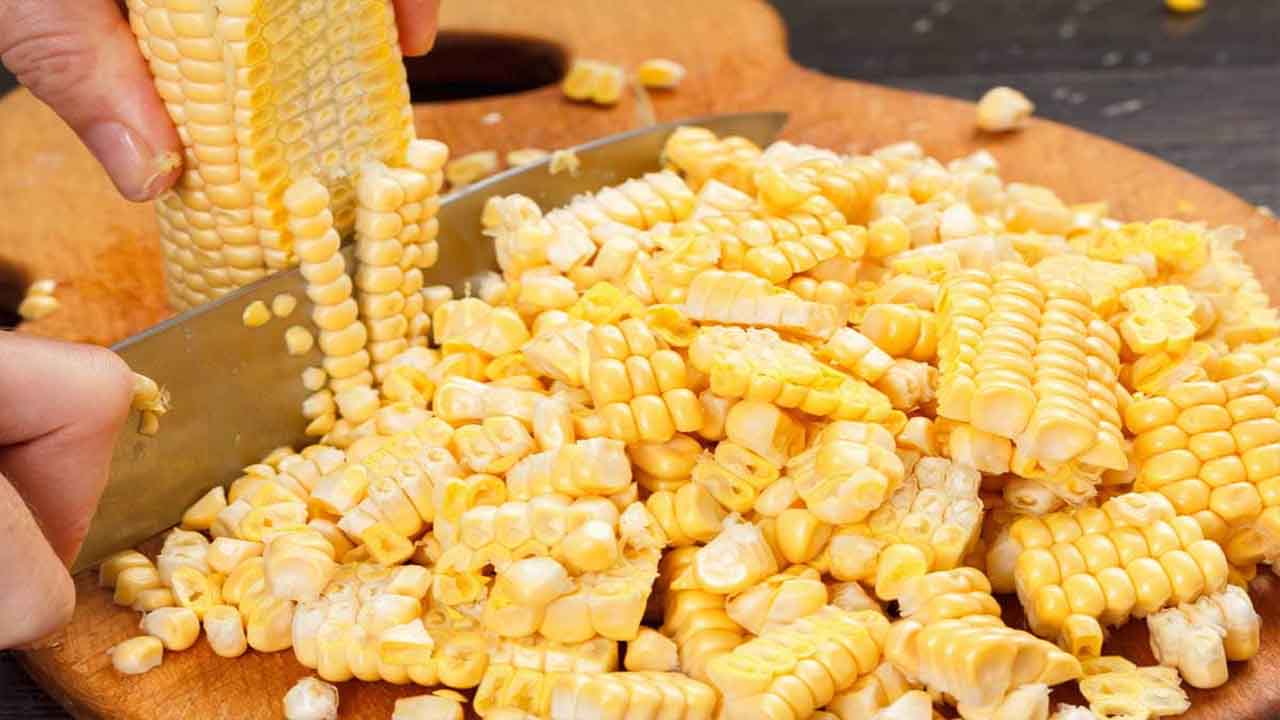
To ensure the freshness and flavor of Chinese-Corn, store it in the refrigerator. For long-term storage, blanch the corn and freeze it. You can also preserve Chinese-Corn by pickling or canning it. When storing frozen or preserved corn, use airtight containers or freezer bags. By properly storing Chinese-Corn, you can enjoy it throughout the year in various delicious recipes.
Conclusion
Chinese Corn is a flavorful delight for your taste buds and a versatile ingredient that can be used in various dishes. Whether you’re a fan of traditional Chinese-Corn soup, Chinese-Corn pancakes, or stir-fried corn with scallions, there’s something for everyone to enjoy. But it’s not just about the taste – Chinese-Corn also has numerous health benefits.
Packed with essential nutrients, it can boost your immune system, improve digestion, and promote healthy skin. So the next time you’re at the grocery store, don’t forget to pick up some Chinese-Corn and explore the world of delicious and nutritious dishes.
Frequently Asked Questions
1.What Chinese Food Has Mini Corn?
Ans: Mini corn is a common ingredient in various Chinese dishes, including stir-fried vegetables, sweet and sour dishes, fried rice, Kung Pao Chicken, and Szechuan Beef. It is also found in hot and sour soup or egg drop soup. Check the menu or ask the restaurant if they include mini corn.
2.What Are The Benefits Of Drinking Chinese-Corn?
Ans: Drinking Chinese-Corn can offer numerous health benefits. It aids digestion, relieves constipation, and promotes healthy skin through its antioxidants. Additionally, it is rich in essential vitamins and minerals like vitamin C, potassium, and magnesium. Plus, Chinese-Corn tea acts as a mild diuretic, helping to eliminate toxins from the body.
3.What Is Chinese-Corn And Why Is It Good For You?
Ans: Chinese-Corn, also known as baby corn, is a miniature version of sweetcorn. It has a tender, crunchy texture and is low in calories and fat. Packed with vitamins A and C, as well as fiber, Chinese-Corn is a healthy snack or addition to meals.
4.Does Chinese-Corn Really Work?
Ans: Chinese-Corn is not a product that “works” like a remedy or solution. Instead, it refers to a type of corn known for its unique flavor and texture. Whether it “works” for you depends on personal preference. Enjoy it in various dishes, such as stir-fries, soups, and salads.
5.Is There A Difference Between Regular And Unfiltered Chinese-Corn?
Ans: Regular Chinese-Corn, commonly found in grocery stores, refers to processed corn with the husk removed. On the other hand, unfiltered Chinese-Corn still has the husk intact. The presence of the husk can affect cooking time and flavor. Unfiltered Chinese-Corn may be sold at farmers’ markets or specialty stores.